Apogee Photo Coach Jim Austin deploys four Nikon lenses while sailing in Nova Scotia to uncloak ideas in visual design.
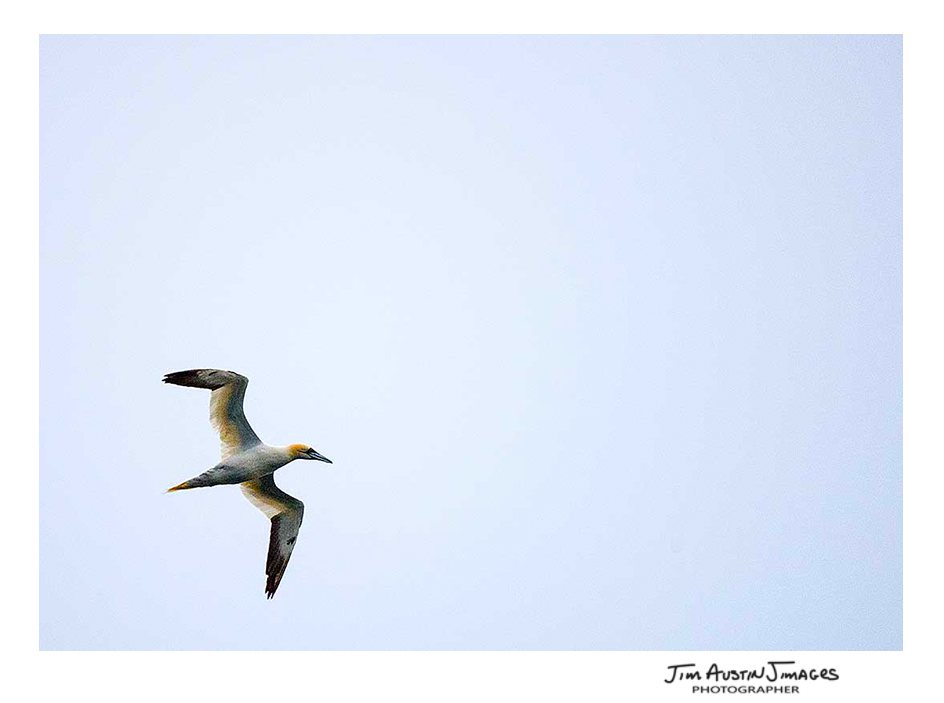
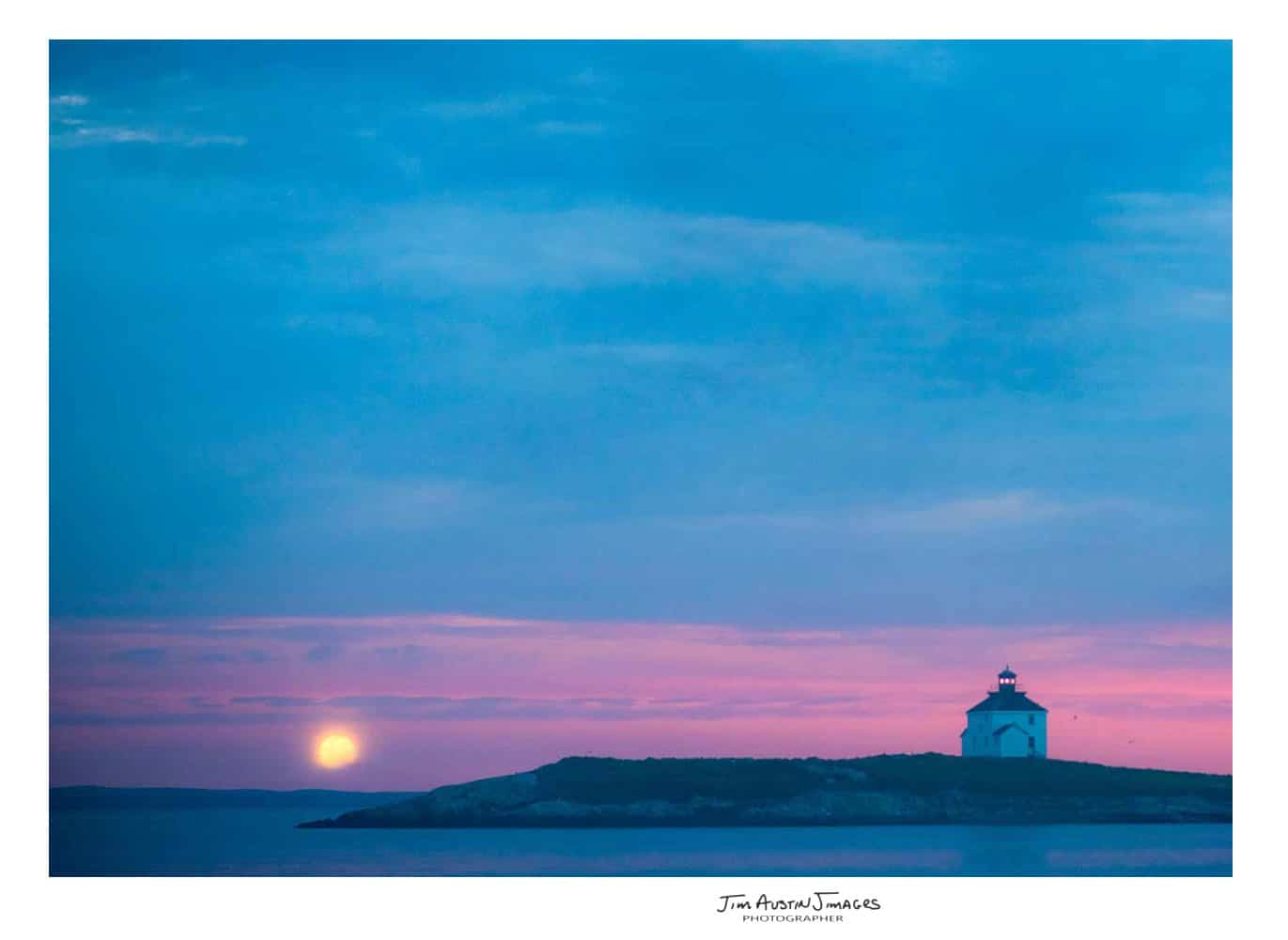
One August summer morning before sunrise, I photographed from a sailboat. Wielding four different Nikon lenses, I made images in the pre-dawn light along the rugged Nova Scotia coast and learned a lesson about dynamic visual design.
A DISTINCTIVE PLACE
A full moon was just setting as I photographed by Rook Island near Queensport Nova Scotia. The date was just two weeks prior to the total solar eclipse of August 21st, 2017. Perhaps we know we’ve come to a unique place when nature surrounds you with beauty that invites using a range of lenses. Nikon’s 50 mm 1.8 G prime was the first lens I tried.
LENSES: TWENTY TO FIVE HUNDRED
Then, I tried other focal lengths. The choice was influenced by the subject. Staying flexible, I let the compositions and their design values guide the framing. While there are always good ways to compose with a 50 mm prime lens, telephoto and wide angle lenses are also effective tools of visual design.
I used four lenses, ranging from 20 mm to a 500 mm focal length. While I am biased toward prime lenses with a single focal length, a 200-500 zoom was in this group, as it was fun to switch lenses as the compositions and light changed.
RELATIVE SIZE MATTERS
From 20 mm to 500 millimeters, each optic gives a different compression, vantage, and parallax. At different focal lengths, objects change position when viewed from different viewpoints. The concept to remember is relative size.
Why? Telephoto lenses like Nikon’s 200-500 mm G increase: a) the relative size of scenes, and b) the size of objects within the frame. A lighthouse some distance away, photographed at 300 mm, appears closer to a viewer than the same lighthouse does when it is photographed with a 50mm lens.
A telephoto setting of 400 mm on a zoom lens like the 200-500mm tends to minimize the perceived distance between objects, as in this photo:
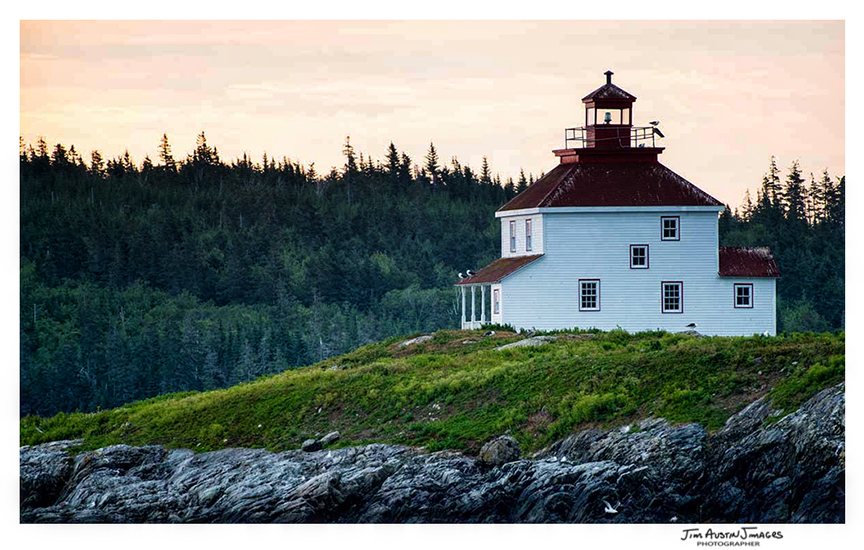
PERCEPTION: THE PROXIMITY IDEA
Using longer focal lengths, we make objects seem closer to each other, and this changes their proximity. The lighthouse above is 10 football fields away from the trees in the background, but the trees seems to surround it due to proximity created by a 500 mm lens.
Proximity is one of the six Principles of Gestalt. Proximity means that objects that are close to each other appear to form groups. Placing a lighthouse in the foreground with a forested hill behind it makes them appear together, as a whole, when a long focal length lens compressed the composition.
Remember, telephoto lenses compress perspective and change relative size. Our visual perception system combines these two objects, hill and lighthouse, into one Gestalt whole.
When we first start making photos, we are new to visual design, and we put proximity flaws into our images. These are the “telephone pole growing out of the head” shots. Our work evolves. We learn to avoid proximity flaws by making many photographs.
The Gestalt Proximity principle can now work for us when we change camera position to avoid proximity flaws.
WHOLE NOTES
Borrowed from the German-Austrian languages, Gestalt means shape, form or whole. Applied to visual perception, this term means that we perceive something in its entirety. The entire photograph is perceived first. Later, the parts come to our awareness.
The whole Gestalt of a photograph exists independently, and differently from, its parts.
As the sun rose, I changed lenses from 50 mm and 85 mm primes, over to a 200-500 mm zoom lens, then back to a 20 mm prime. The maximum aperture of the lens was not even a factor. A full moon was setting so I wanted to use the wide angle for the whole scene and the telephoto for compressed seascapes.
Using a variety of focal lengths let me take control of the relative size, proximity, and depth of spatial composition for these Nova Scotia images.
For instance, at sunrise the 20 mm lens helped contrast the lines of the deck, sail and kayak with the triangular hill in the background. We see the whole scene, then a nano-second later our eyes scan the elements, or parts, within the frame.
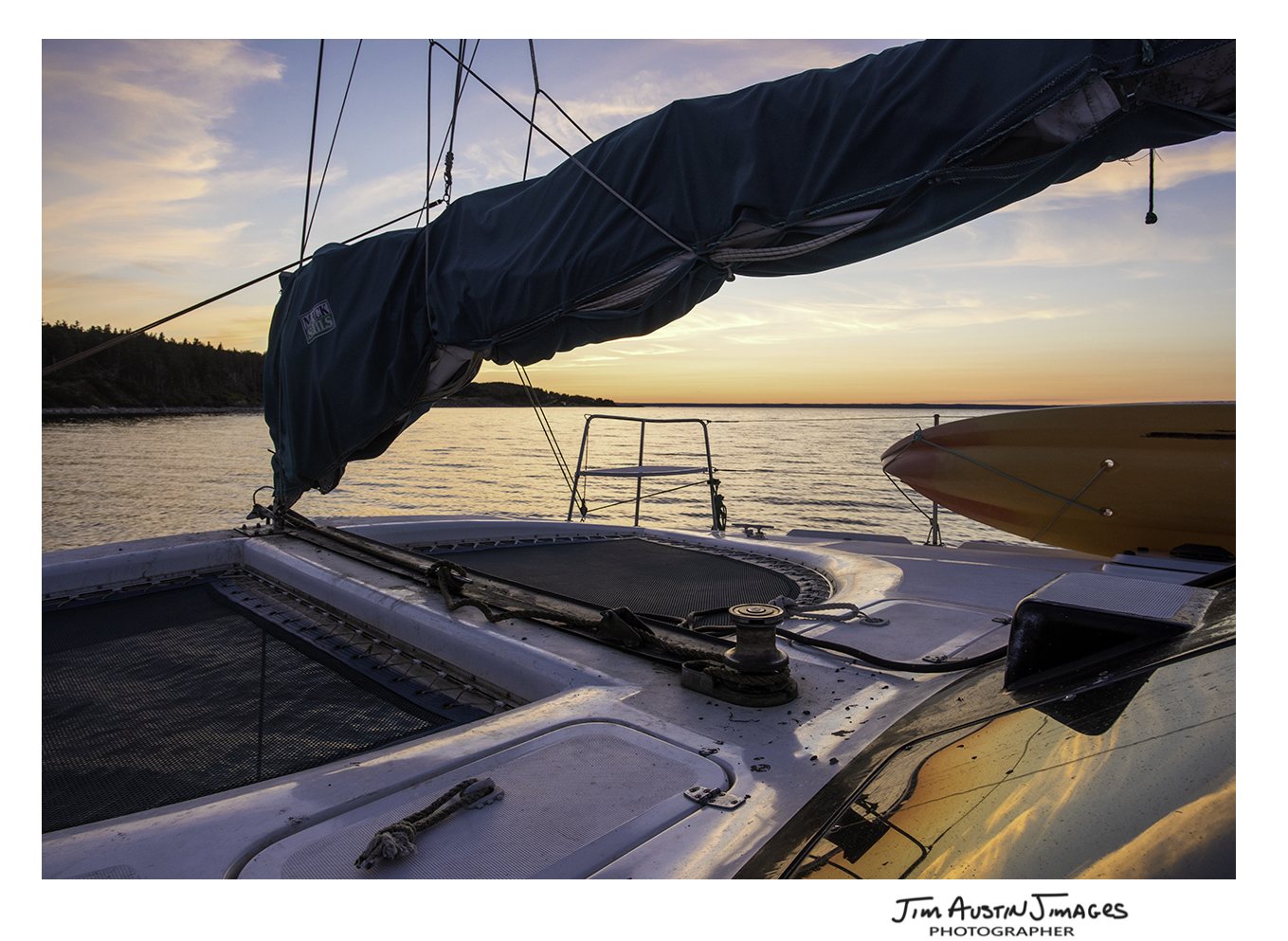
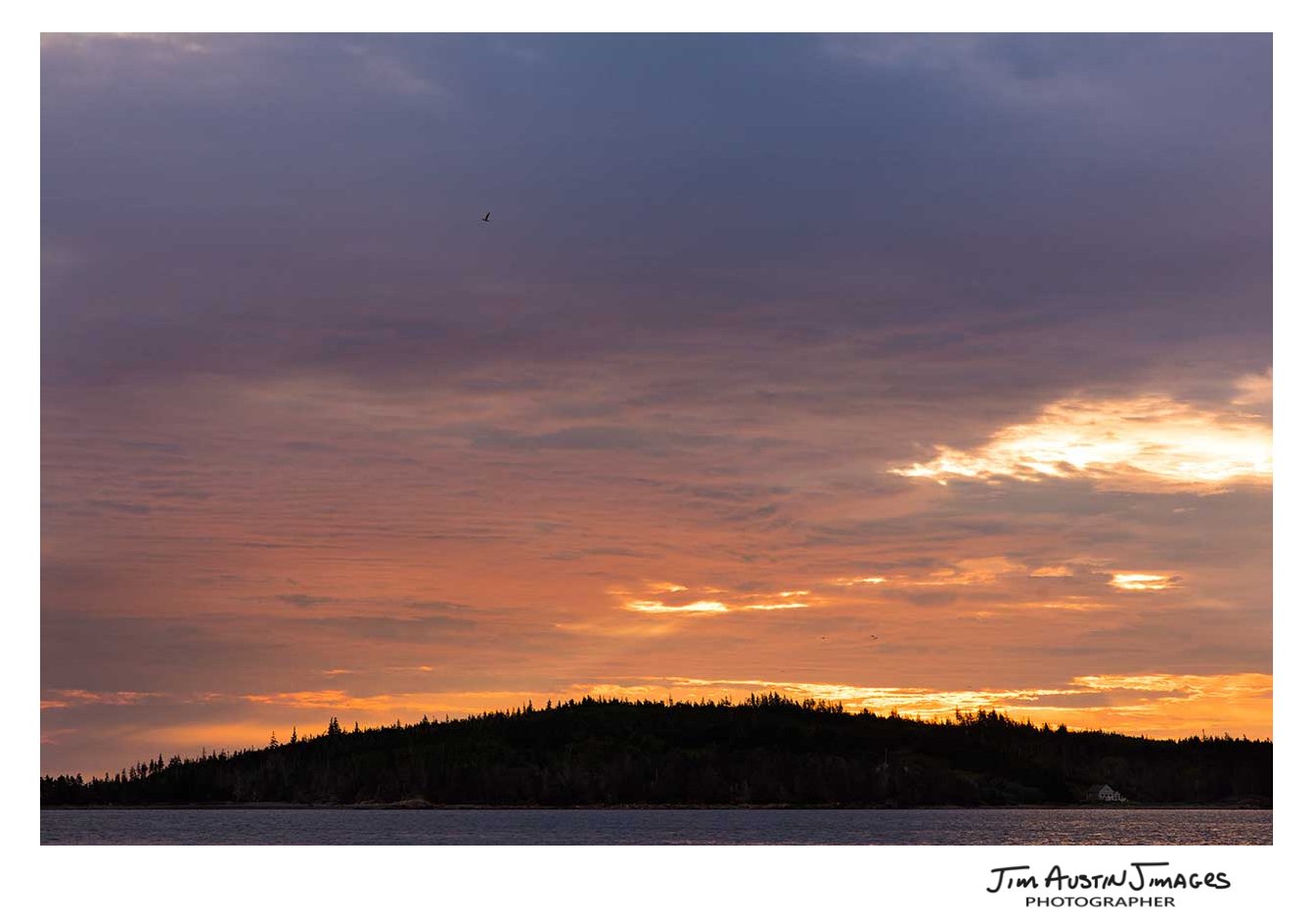
BOTTOM LINE: CHALLENGE THE MYTHS
Being flexible in photography means challenging myths. The myth of “landscape” and “portrait” lenses might make us think that an 85 mm lens is just for portraiture. Not so. The 85 mm focal length is a good choice for seascape, landscape and macro as well.
With an extension tube attached between the lens and camera body, the 85 becomes a sharp macro lens. It is lightweight and easy to carry. It also lends itself to a more leisurely method of image making compared with hard driving a 500 mm for sports style shooting. Finally, the 85 can be effective on a crop sensor (APS-C) camera body.
LINKS: Review of the Nikon f/5.6 G 200-500 mm ED AF zoom lens by Jim Austin.

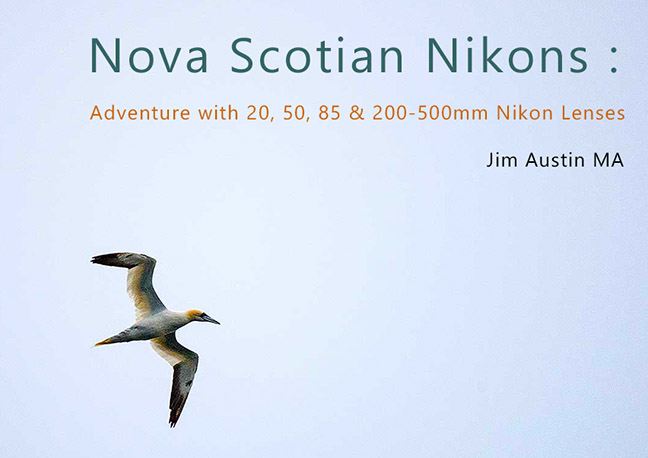


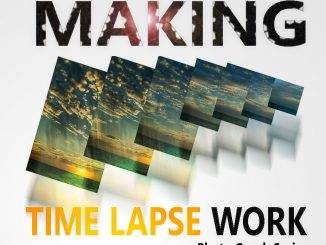
Leave a Reply